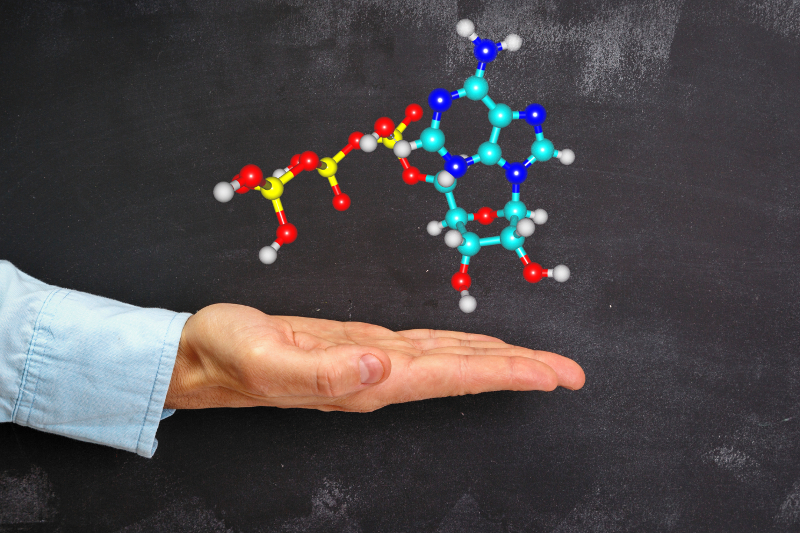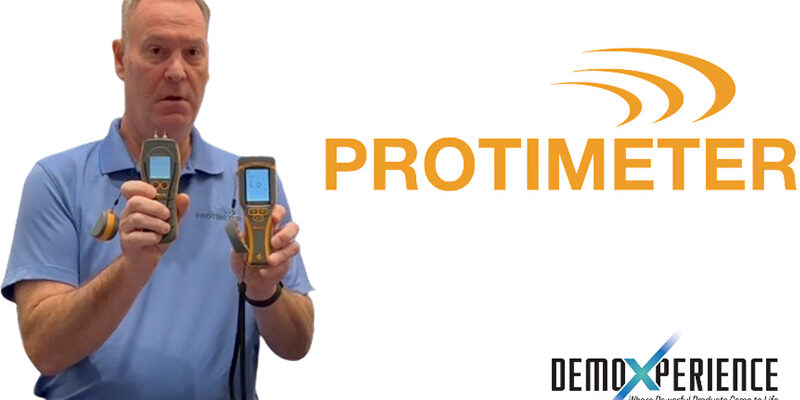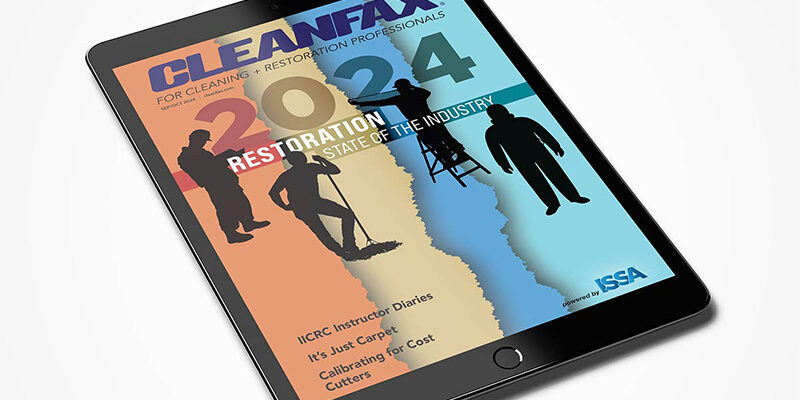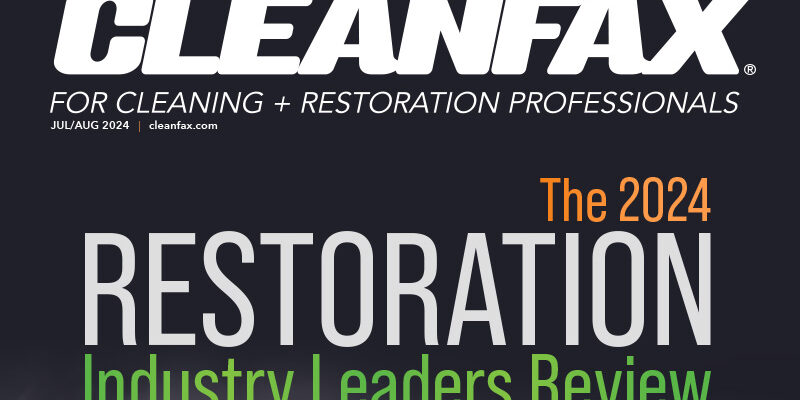ATP Sampling Made Simple

What is adenosine triphosphate (ATP), you ask? It’s “a nucleoside triphosphate used in cells as a coenzyme.” Perhaps more importantly, this “‘molecular unit of currency’ of intracellular energy transfer” is found in all living things.
So why is this something restorers should know? Since ATP is found in all living cells, an ATP sampling device is an effective means of sampling a surface for mold and microbial contamination. The greater the ATP level, the higher the mold or microbial contamination level.
The good news is that, while the definition of ATP sounds very scientific, the process of ATP sampling is relatively simple when you understand how it works and follow basic steps.
The ATP sampling system components
- ATP sampling swab— The swab is coated with a special detergent designed to easily lift ATP from the sample surface.
- Bioluminescent reagent— A small amount of this fluid is stored in the bulb at the top of the sampling swab. When the swab tip is bathed in this reagent, it creates light. The amount of light that it creates is in direct correlation to the amount of ATP that is collected in the sample.
- ATP meter— The ATP meter is an illuminometer that measures the amount of light created through the reaction of ATP and the reagent. It will produce a reading of relative light units (RLU). The higher the RLU, the greater the amount of ATP, and the greater the amount of microbial contamination or mold.
How to perform an ATP sample
- Place your meter on a flat surface and press the power button. The system will perform a 60-second self-check. Do not move the meter during this time.
- Get your ATP swab. Holding the bulb opposite the swab tip, carefully remove the ATP swab from the enclosing tube. Pay special attention not to touch the swab to any surface other than the intended sampling area to avoid cross contamination.
- Holding the bulb, press the swab down on the sample surface with enough pressure that the entire side of the swab is in contact with the surface. Then roll the swab up and down within a 4 inch by 4 inch surface area. Then roll the swab from side to side within that same 4 inch by 4 inch surface area.
- Carefully put the swab back into the tube in which it was originally enclosed. Holding the bulb at the top of the swab, push far to one side and then the other to break the seal. This will release the reagent into the tube.
- Shake the tube/swab assembly for five seconds to fully bathe the swab tip in the reagent.
- Open the cap of the meter, and drop the entire swab/tube assembly into the meter. Close the lid.
- Holding the meter vertically, press the “OK” button. In 15 seconds, the meter will display the RLU reading.
 Understanding the results
Understanding the results
The manufacturer offers two general threshold levels based on the type of surface being tested — first, for easy-to-clean surfaces, such as stainless steel, table tops and non-porous materials; second, for difficult-to-clean surfaces, such as objects with groves or crevices and porous materials.
Easy-to-clean surface thresholds
- Pass: Less than 10,
- Caution: 11 to 19,
- Fail: Greater than 20.
Difficult-to-clean surface thresholds
- Pass: Less than 10,
- Caution: Less than 10 to less than 29,
- Fail: Greater than 30
Application: Case Study
A study was undertaken by Michael Pinto of Wonder Makers Environmental to determine if the Esporta Wash System was capable of removing bacterial contamination from sewage-contaminated soft goods and laundry.
Samples of the goods were analyzed by an independent laboratory to determine concentrations of Escherichia coli (E. coli), Enterococci and total coliform bacteria. The percentage reduction of bacterial organisms was calculated for each of the items tested.
The same samples that were sent to the independent laboratory were also tested using an ATP sampling system. The study concluded the Esporta Wash System is effective at removing bacterial contamination from sewage-affected goods, and an ATP sampling system is an effective means of field verification of decontamination.
When you use ATP sampling as part of your standard cleaning and restoration protocol, you are provided with quantitative evidence on the state of contamination or cleanliness. As a result, all restoration cleaners and contractors should be using this valuable tool.
Neil Grant is the training manager at Esporta Wash Systems Inc. Grant equips and empowers disaster restoration contractors to implement better business processes, quality workmanship and improved customer service.















